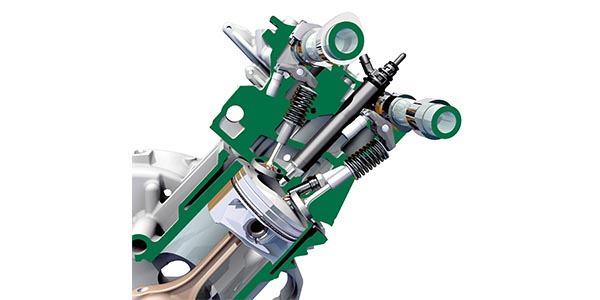VIDEO: Three Tips For Engine Replacement
Andrew Markel discusses engine replacement after a failure, and three important components to focus on with the remanufactured engine. Sponsored by Nissan.
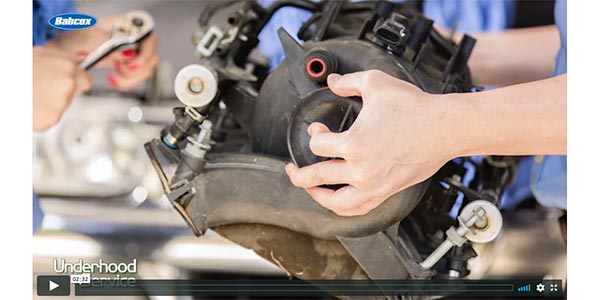
Hyundai Tech Tip: Engine Vibration Due To Misaligned Timing Marks On The Oil Pump
This bulletin provides information regarding the proper indexing of the timing marks of the Oil Pump Module during in-vehicle installation on vehicles equipped with Theta four-cylinder engines. If the Oil Pump Module timing marks are improperly indexed, abnormal engine vibration may result. Follow the service information outlined in this bulletin whenever a new or existing Oil Pump/Balance Shaft Module (BSM) is being installed.
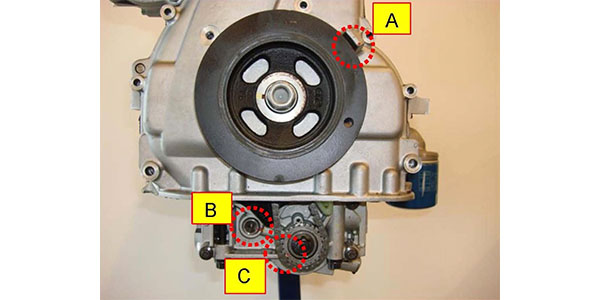
VIDEO: How Misfire Codes Get Set
Andrew Markel discusses misfire codes, and how the camshaft and crankshaft position sensors detect rotational anomalies to set them. Sponsored by Auto Value and Bumper to Bumper.
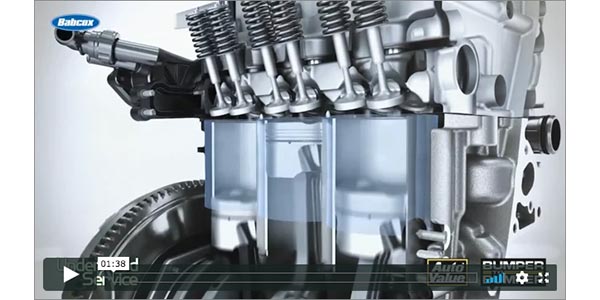
VIDEO: Diagnosing Fuel System Leaks In GDI Systems
Jason Stahl discusses gasoline direct injection systems, and ways to prevent leaks in the system after a fuel pump or injector have been replaced. Sponsored by Standard.
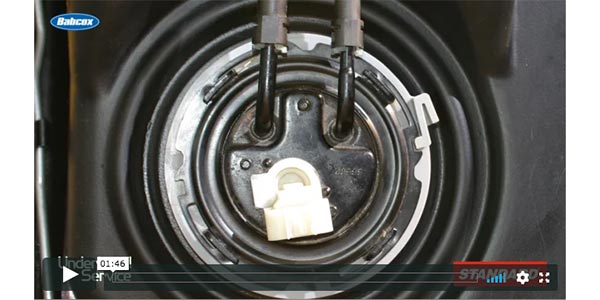
GM Tech Tip: Cold Start Misfires
An owner may complain of misfire or roughness during a cold start. Also, a P0300 code might be present, or there may be misfire codes limited to one or two cylinders. Looking at the misfire counter on a scan tool, you will see a high rate on typically one cylinder. The cause of the misfires might be a coolant leak that allows coolant to enter the cylinder at the point where the liner meets the deck face cast.

Causes And Diagnostics Of Motor Mount Failure
Motor mounts fail for a variety of reasons. The first cause is mechanical fatigue. Every combustion cycle and firing, a little vibration is created. The vibration is transferred to the motor mount. Every time the driver hits the gas, the force generated at the crankshaft is transferred through the drivetrain and ends up at the tires. Making sure these components stay in place and transfer all the power are the engine and transmission mounts. These actions can cause rubber and metal to fatigue.
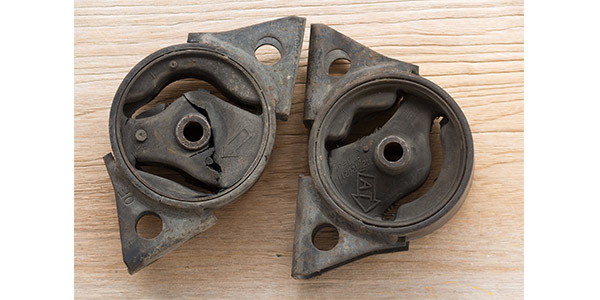
Inspect The Belt Before The Replacement Interval
If you have looked at some maintenance schedules on late-model cars and trucks, you may notice that there have been some changes to the interval schedule for drive belts. Some manufacturers like GM are shifting to an inspection of the drive belt, instead of specifying a set replacement interval. While some manufacturers like Chrysler are recommending a 120,000-mile replacement interval in the owner’s manual.
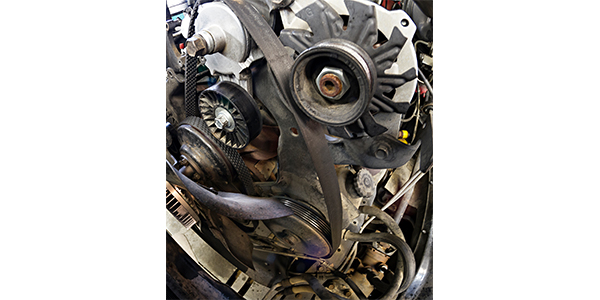
VIDEO: Oil Filters On Chrysler MultiAir Vehicles
Andrew Markel discusses the MultiAir engine in Chrysler vehicles and how the choice of a quality oil filter can prevent a comeback. Sponsored by MAHLE.
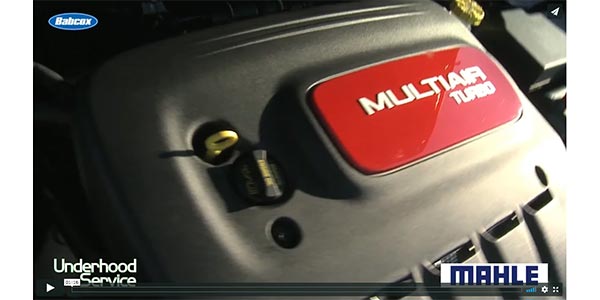
The Ford 3.5L EcoBoost Engine’s Most Common Problems
Here are the top reasons the engine fails and how to fix it.
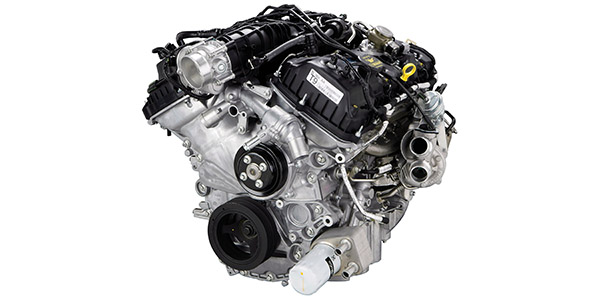
VIDEO: Diesel Exhaust Fluid
Andrew Markel discusses the importance of keeping the right amount of diesel exhaust fluid in the vehicle, and how the filter monitors the level and cleanliness of the fluid. Sponsored by Auto Value and Bumper to Bumper.
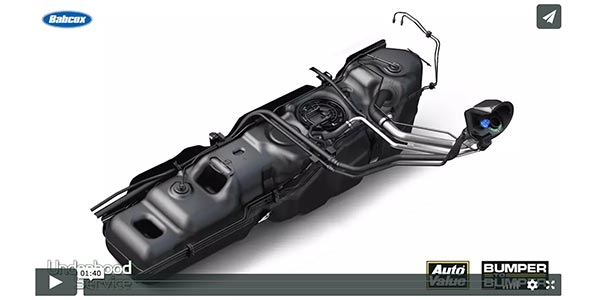
VIDEO: Negative Fuel Trim And Fuel Economy
Andrew Markel introduces a case study where a 2004 Chevrolet Impala has no codes, but is getting bad fuel economy. Sponsored by ProDemand from Mitchell1.
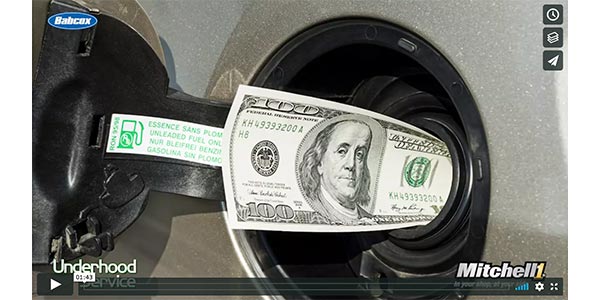
Head Lift: Look Beyond The Gasket
In the 1980s, many race series were experimenting with turbochargers on stock block and specialty race engines. Huge horsepower and torque numbers could be produced for a short period until the engine self-destructed. What a lot of the engineers and engine builders could not see was at peak cylinder pressures the head was distorting the casting and allowing combustion gases to get in between the head, gasket and block. New technologies like direct injection, variable valve timing and turbocharging are pushing chamber pressures far beyond what they were a decade ago.
